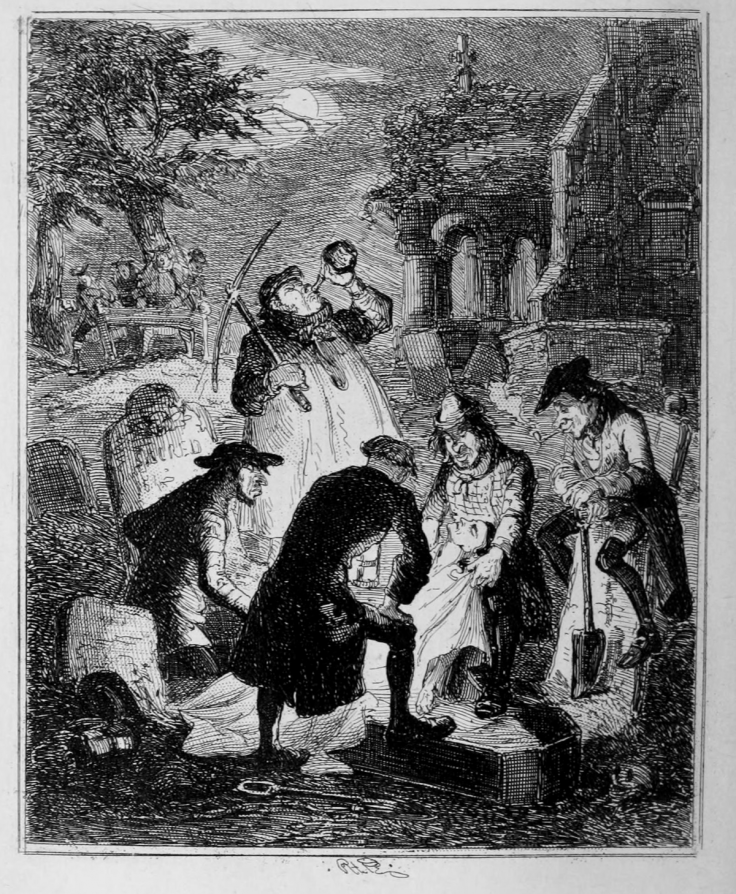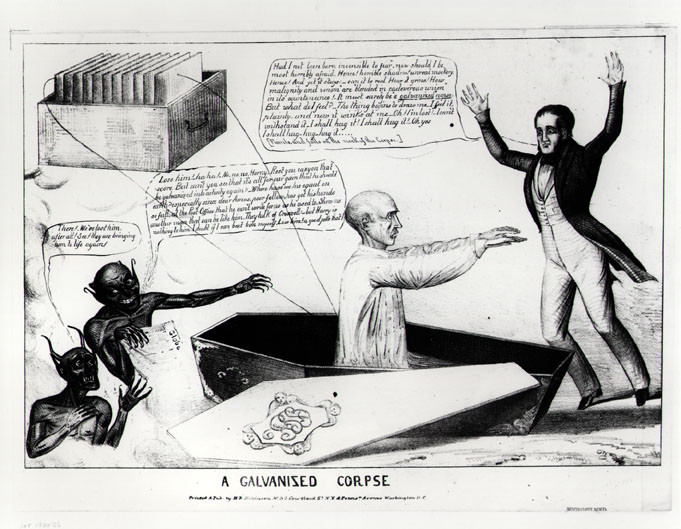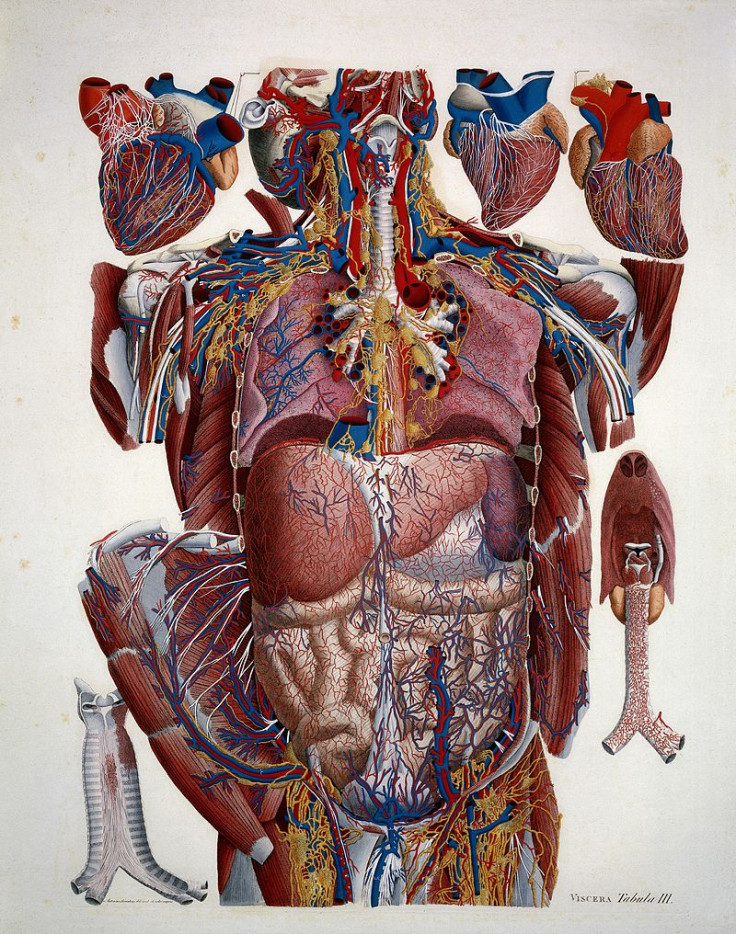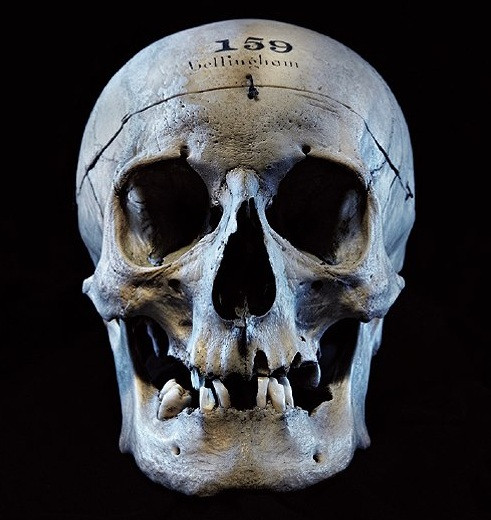The real Frankenstein Chronicles: Bodysnatching and reanimating the dead in 19th-century England

The days are getting shorter, our pyjamas are getting longer and the last echoes of fireworks have reverberated from London's rooftops. It's therefore the perfect time to cosy up to an atmospheric Gothic drama via candlelight, such as Sean Bean's new series The Frankenstein Chronicles. The six-part drama, beginning on Wednesday, 11 November on ITV Encore, has been described as "a thrilling and terrifying reimagining of the Frankenstein Myth set in 19th century London".
Bean plays Inspector John Marlott called in to investigate a series of crimes in the Victorian metropolis, which may have been committed by a scientist intent on reanimating corpses. As a result it focuses on the dark and disturbing history of Victorian body snatchers and the dissection of the dead. The insinuation is that the antagonist of the chronicles is perhaps Victor Frankenstein himself, or a protege of his methods.

The series states that its vision is to "Bring Mary Shelley's Frankenstein back to life" (I wonder if the pun was intended?) and will do so via both the investigative and horror genres.
The original Frankenstein; or The Modern Prometheus was penned by Mary Shelley when she was only 18 years old and published when she was 20. The idea for the story famously came to her in a waking dream during her stay in Geneva's Villa Diodati with her then lover (and later husband) Percy Bysshe Shelley. Lord Byron, John Polidori and Mary's stepsister Claire Clairmont were also present. Frankenstein was published in London in 1818 and is now known as the first real work of science fiction ... and yet the concept does have its roots in fact.

In 1790, Italian physician and anatomist Luigi Galvani accidentally applied an electric current to the leg of a dead frog during one of his routine dissections and noticed how the muscles twitched or "sparked to life". The observation made Galvani the first investigator to appreciate the relationship between electricity and physiological animation.
However, it was his nephew, Giovanni Aldini, who applied this Galvanic process to humans; usually executed criminals as part of the punishment of dissection. His most famous demonstration was to professionals and the public in 1803 in London's Newgate when he used this electrostimulation technique on George Foster who'd been hanged for murdering his wife and child:
"On the first application of the process to the face, the jaws of the deceased criminal began to quiver, and the adjoining muscles were horribly contorted, and one eye was actually opened. In the subsequent part of the process the right hand was raised and clenched, and the legs and thighs were set in motion."
The idea of bringing the dead back to life in this way was so abhorrent and terrifying to the public it was recorded that one of the observers died of fright on his return home.
Although only five years old at the time of these experiments, Mary Shelley (depicted in The Frankenstein Chronicles by Anna Maxwell Martin) was no stranger to intellectual discourse. Her father, political philosopher and journalist William Godwin, was incredibly progressive and encouraged his daughter to engage in conversation with his colleagues and peers, many of whom were actively involved in anatomical study.

She would have been aware of these experiments and of other anatomical intervention: the dissecting room and slaughterhouse are referred to in her book, and in fact she specifically mentions reading Galvani's report during her summer in Geneva.
It was also common knowledge that medical schools at the time were severely lacking in cadavers for dissection; one of the only legal methods being the donation of executed criminals via The Murder Act of 1752. But it wasn't enough for medical schools to entice and keep prospective students so a black market in corpses was facilitated by the feared body snatchers or resurrection men.
These gangs removed freshly interred corpses from graveyards in the dead of night and sold them to eminent surgeons for their teaching. Some students were even encouraged to exhume the freshly buried themselves and pay their fees in cadavers rather than coin. Victor Frankenstein himself rifled graves and charnel houses to find the necessary parts for his creation.

Barts Pathology Museum houses the skull of John Bellingham, executed in 1812 for the assassination of the prime minister, Spencer Perceval. After dissection, Bellingham's heart was subject to Galvanistic experiments and, once removed from his body, was said to have continued beating for four hours with an electric current applied.
I often wonder whether Mary Shelley knew of this story. Years later, when her husband died in 1822, his heart was removed before the rest of him was cremated and given to her by their friend Edward Trelawny. She never parted with it, allegedly keeping it wrapped in a silk scarf in the drawer of her bureau perhaps, in some way, trying to keep her beloved husband alive.
Carla Valentine is technical curator of Barts Pathology Museum and the author of thechickandthedead.com. She is a qualified Anatomical Pathology Technologist and is currently researching our relationship with human remains as part of her MA.
The Frankenstein Chronicles starts on ITV Encore on Wednesday, 11 November at 10pm.
© Copyright IBTimes 2025. All rights reserved.






















